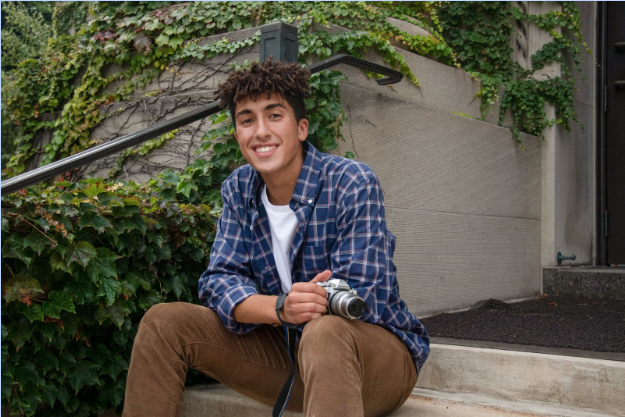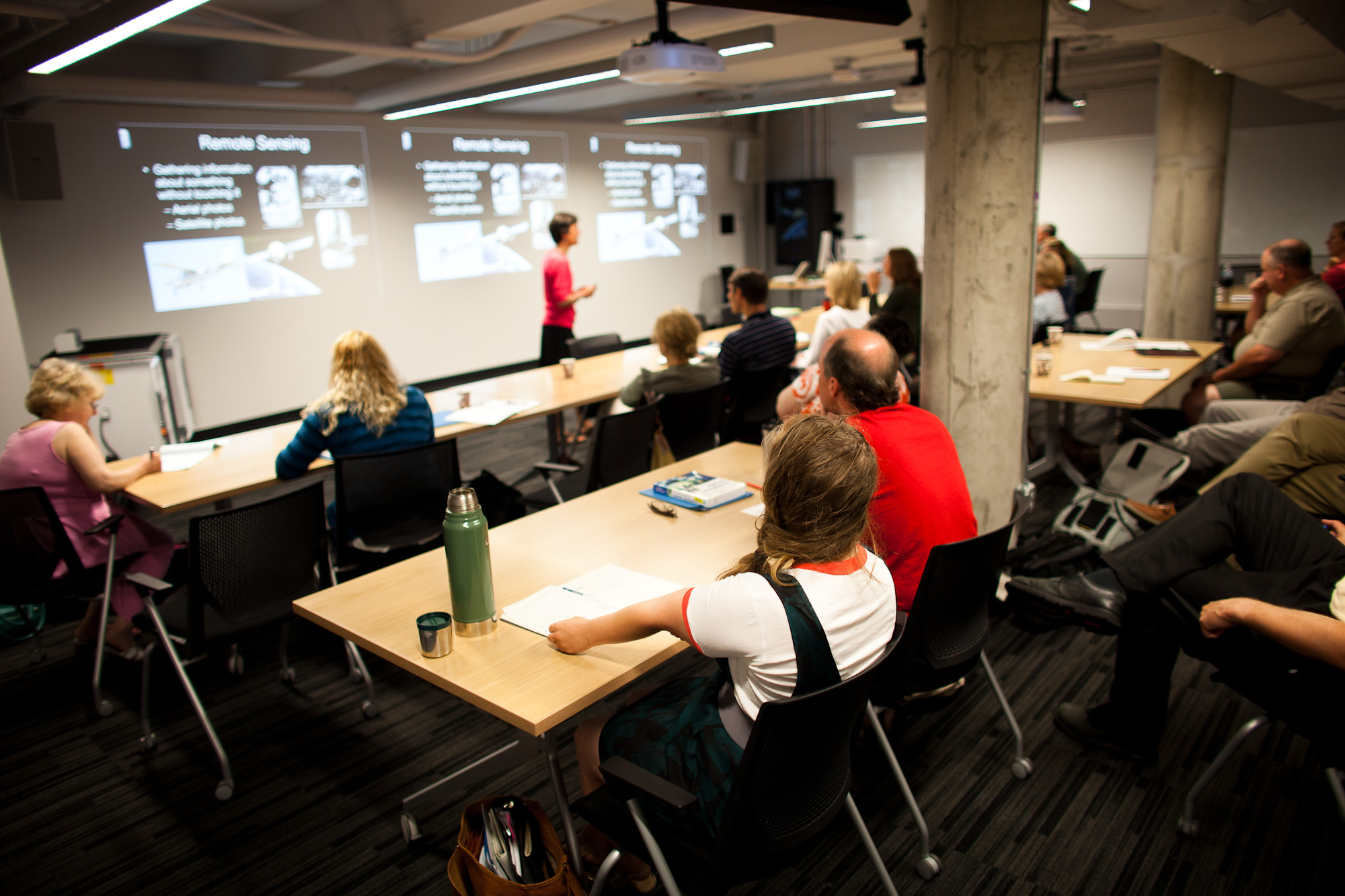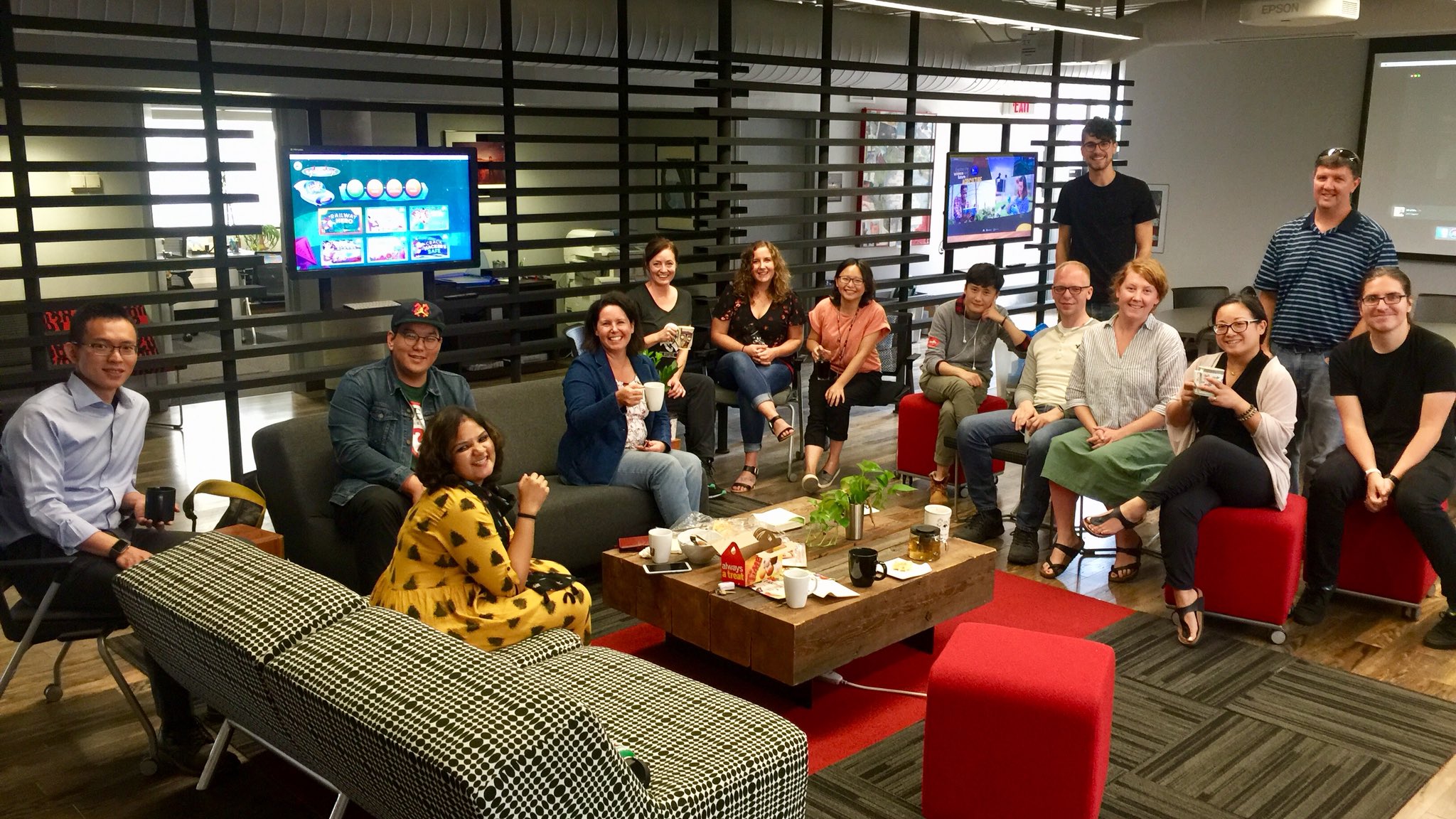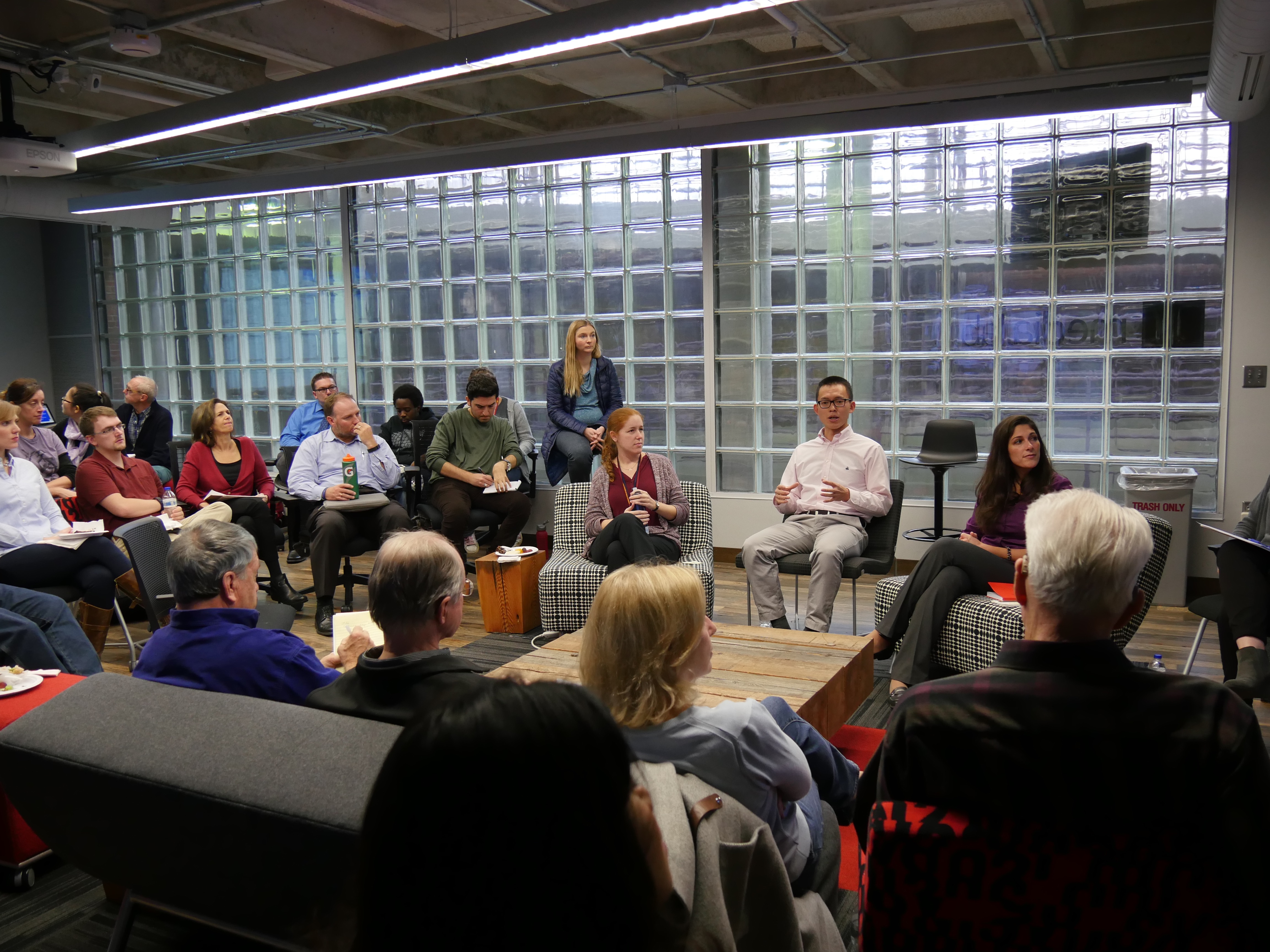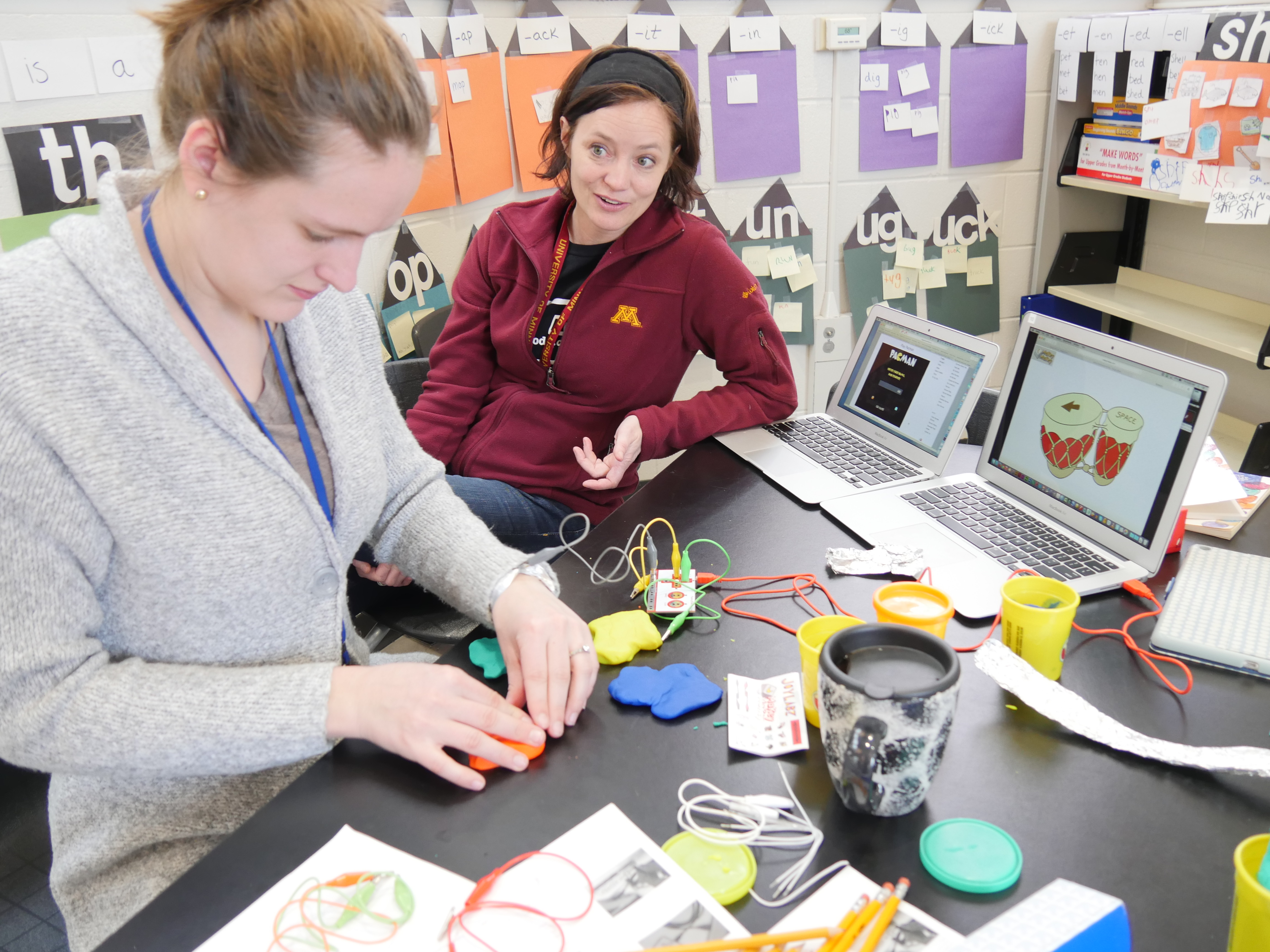My name is Hossam Halaweish, and I am an undergraduate student studying biology at the University of Minnesota (UMN). My studies have also included undergraduate coursework in the Learning Technologies (LT) program. In Spring 2022, I enrolled in the LT course, CI 4311W: Technology and Ethics in Society because I wanted to better understand the crucial and integral role technology plays in our day to day life. I also made connections in that class to help inform a philanthropic project that I created in March 2020 when the COVID-19 pandemic began. COVID-19 is creating new needs while putting enormous financial pressure on all nonprofits. That is why I decided to start my own photography business during the pandemic and donate all proceeds to relief efforts. Technology has served as a powerful medium in this work, and I have seen the potential that tech holds to benefit society when done so with commitments to social justice and community engagement.
Inspiration During COVID Lockdown
Coming off of a great fall semester at the end of 2019 and into the beginning of 2020, I was determined to keep the momentum going. And during the winter break of my sophomore year, I bunkered down and completed countless applications for translational research internships across the nation. As the COVID-19 pandemic ravaged the nation, my plans for the upcoming year became nonexistent. With the campus closing at the beginning of the pandemic in March of 2020, I returned to my hometown of Brookings, South Dakota and spent the entirety of the lockdown with my dad up until the fall.
Since my major college extracurriculars, including UMN Men’s Soccer and clinical research, were halted, I had been mainly focused on school. However, once the semester had ended, with no set schedule or academic responsibilities for the foreseeable future, I found myself with quite a bit of time on my hands. I decided to use this newfound time to dedicate myself to a lifelong passion of mine, photography. Between my spring and summer semester in 2020, I went out as often as I could and took pictures of friends and family. It was an outdoor activity that allowed me to see my loved ones while keeping the U.S. CDC COVID guidelines in mind. After a few weeks of honing my portraiture through trial and error as well as YouTube videos, I tossed around the idea of starting a photography business using my talent. With all my friends and family in full support, I decided to pursue my passion.
While I was excited to start my first ever business adventure, something didn’t quite sit well with me. As I sat and ate dinner every day with my dad, the news on the TV kept getting worse. Between the never ending increase of the coronavirus death toll and the lack of food and resources for those in need, it was hard to even begin to comprehend what other families were going through. When I took a step back and looked at all these horrific events, I saw that there was a pattern. Only certain members of our society were being disproportionately affected by the wrath of the pandemic: the impoverished community.
Prevalence of Childhood Poverty and Food Insecurity
In the United States, 16.8% of children under 18 years of age live in poverty (Feeding America, 2022). Let's put that in perspective. That is 1 out of every 6 children in the U.S. that do not have a stable source of the basic necessities like food, housing, and health care (Feed the Children, 2021). When we remove ourselves from the situation in the States and look globally, we find it heartbreaking. Around the world, 1.2 billion people live in poverty with food insecurity and without adequate access to water, surviving off of only 1.2 dollars a day (Feeding America, 2022). Knowing this information, how could I decide to take all the money from my business while knowingly ignoring the plight of millions upon millions? The simple answer is that I could not and would not just ignore those in need.
Doing My Part
While I had no idea I would have the full support of my community, and thousands of people across the States, I knew that I had to do my part. And thankfully, I had just the idea to do so. On May 28, 2020, I started Portraits for a Purpose (PFP), a photography business that, while following CDC COVID guidelines, I would take portraits and donate 100% of my proceeds to the Feed the Children organization and the Palestine Children’s Relief Fund to help aid them in their global outreach programs to provide hope and resources for those without life’s essentials.
As the son of immigrants from Egypt, I am aware of the great privilege granted to me by immigration and higher education, and I wanted to make the most of this opportunity by paying back that privilege and helping and serving others in these unprecedented times. Going into this endeavor, I knew that while earning $50 here and there for photography shoots would be great for me, the additional money in my pocket would not be life changing. I couldn't say the same for those 1.2 billion people living in poverty across the globe. Now almost 24 months after the start of Portraits for a Purpose, I, along with the help of my friends, peers, and community members, have raised nearly $10,000 dollars and provided over 60,000 meals to those in need.
Community Engagement
The PFP photoshoots to raise this money have been curated with my peers and community members in mind. I, along with many others in the student body, often find ourselves feeling helpless in these unprecedented times. With little to no money in our bank account, it is hard, or at least we think, to make an impactful change in our community. I recognized this gap in our community's contribution towards those in need and I aimed to fix it. That is why I have kept the prices for Portraits for a Purpose as low as possible, to involve everyone I could. After two years of photography experience under my belt, I could have realistically tripled or quadrupled my prices for the portraits due to the increasing quality and demand of the service; however, I knew this would only hamper the message I was trying to send.
The underlying goal of Portraits for a Purpose was to not only provide life's essentials to those in need but it was also to provide an equal opportunity to anyone who wanted to use my service. I hoped to engage the community as a whole on topics swept under the rug. If I raised my prices, college kids and those with lower incomes would be financially excluded. In a world where your socioeconomic status unjustly determines your opportunities in life, I knew that I could not ostracize my fellow peers and community members just like society has done. I wanted to show my community that it doesn’t require a “million dollar loan” to make a difference. All it takes is for someone to care. While this project isn’t going to end world hunger, I hope that my efforts with Portraits for a Purpose makes a difference in someone's life and that I have inspired someone to put their best foot forward and help their community in any way that they can.
My Experience in LT’s Technology and Ethics in Society Undergraduate Course
This spring 2022 semester I enrolled in CI 4311W Technology and Ethics in Society, a course in the Learning Technologies program with Dr. Angelica Pazurek. We were assigned a final Design Challenge Project for class meant to address and solve a real world problem with the use of technology. I thought of using my non-profit, Portraits for a Purpose, for this project and as an example of a solution to a critical, real-life problem: childhood hunger.
Having run PFP for around 2 years now (see the 2020 & 2021 recaps), I thought I had it all figured out. It was only after Dr. Pazurek introduced me and my classmates to the wide-ranging and eye-opening course material about ethical and responsible technology use and design, as well as the human-centered design model, that I realized I had only just begun. While technologies are improving every day, I believe a key aspect to solving problems is missing: the impact itself. Having gone through the CI 4311W class I have learned the importance of human-centered design in the search for greater solutions. While it is always great to lend a helping hand, we as a general public need to make sure our help is needed and welcomed by the people affected. Through this class project I was able to introspectively reflect on the past two years of PFP and use the lessons I learned in this class to benefit and adjust the course of PFP moving forward. I will always carry the lessons I have learned in this class and for that I am forever grateful to Dr. Pazurek and the Learning Technologies program at the University of Minnesota
